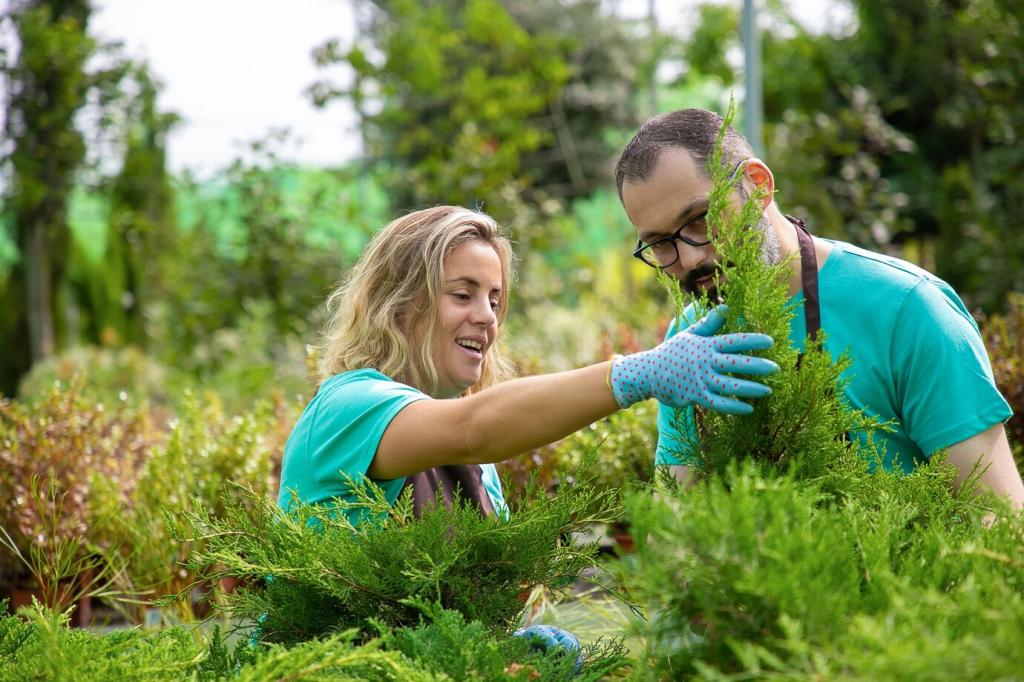Biodegradable Mulching Options for Gardens: Greener Beds, Healthier Soil
Chosen theme: Biodegradable Mulching Options for Gardens. Welcome to a soil-first journey where simple, earth-friendly mulches reduce weeds, lock in moisture, and quietly feed the life beneath your feet. Join us, share your results, and subscribe for fresh, practical garden insights.
What Biodegradable Mulch Really Means
From plant to soil: the full circle
A biodegradable mulch returns to the soil as microbes transform carbon-rich materials into humus, water, and carbon dioxide. Decomposition speed depends on moisture, temperature, particle size, and nitrogen availability. True biodegradables leave no persistent fragments, unlike many so-called “degradable” plastics.
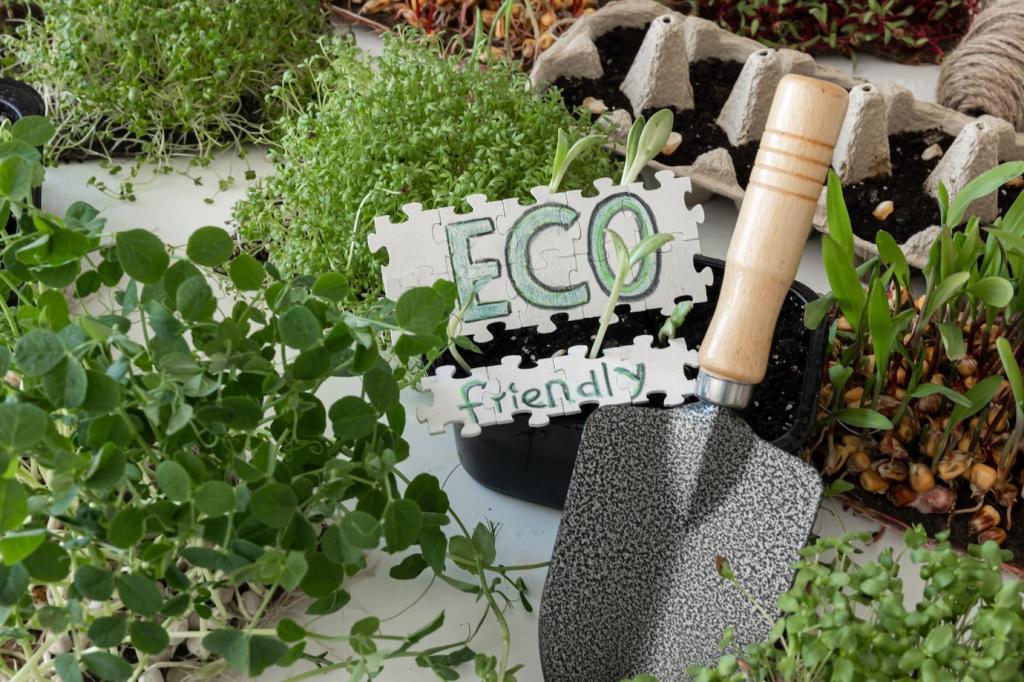

Why biodegradables beat plastic for home gardens
They suppress weeds, save water, and enrich soil structure as they decompose, avoiding microplastic contamination and disposal hassles. You can top up annually, letting last year’s layer become tomorrow’s compost. Tell us if you have noticed softer soil after switching.
Popular Biodegradable Mulch Options and How They Behave
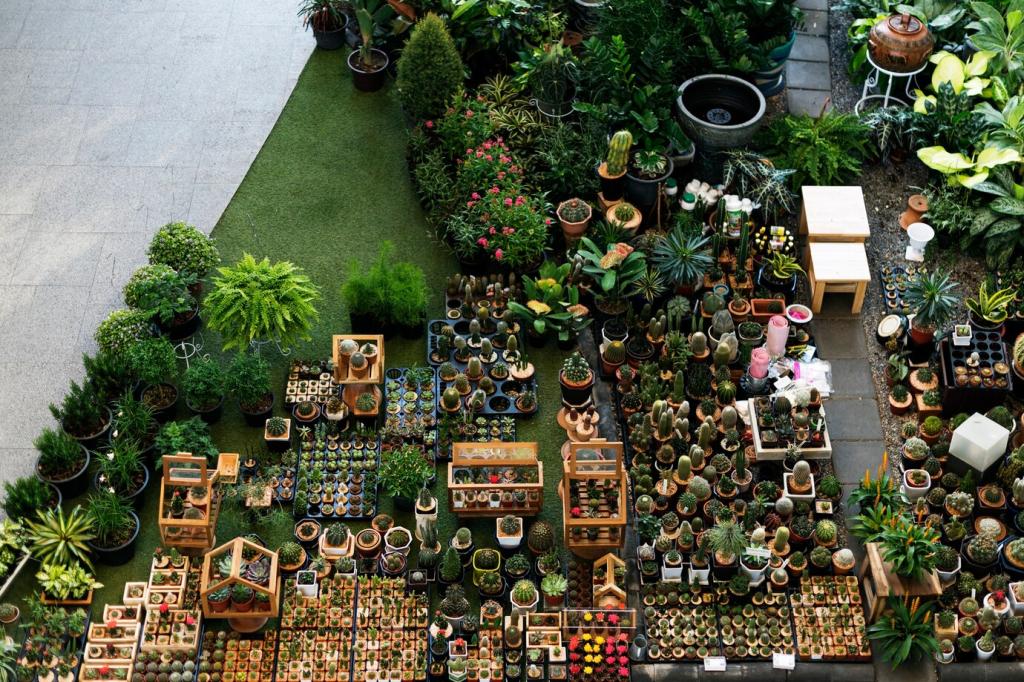
Straw: airy coverage for vegetables
Clean straw spreads quickly, resists matting, and keeps fruit like strawberries clean. It’s light, so pin it down in windy areas. Ensure it is herbicide-free, and expect moderate decomposition that improves tilth without locking the soil down tight.

Shredded leaves: autumn’s gift to spring beds
Run leaves through a mower to prevent mats, then apply a loose, breathable layer. Fungal networks thrive in leaf mulch, boosting soil aggregation. Many gardeners report fewer weeds and richer earthworm activity by spring. What leaf mix works best for you?
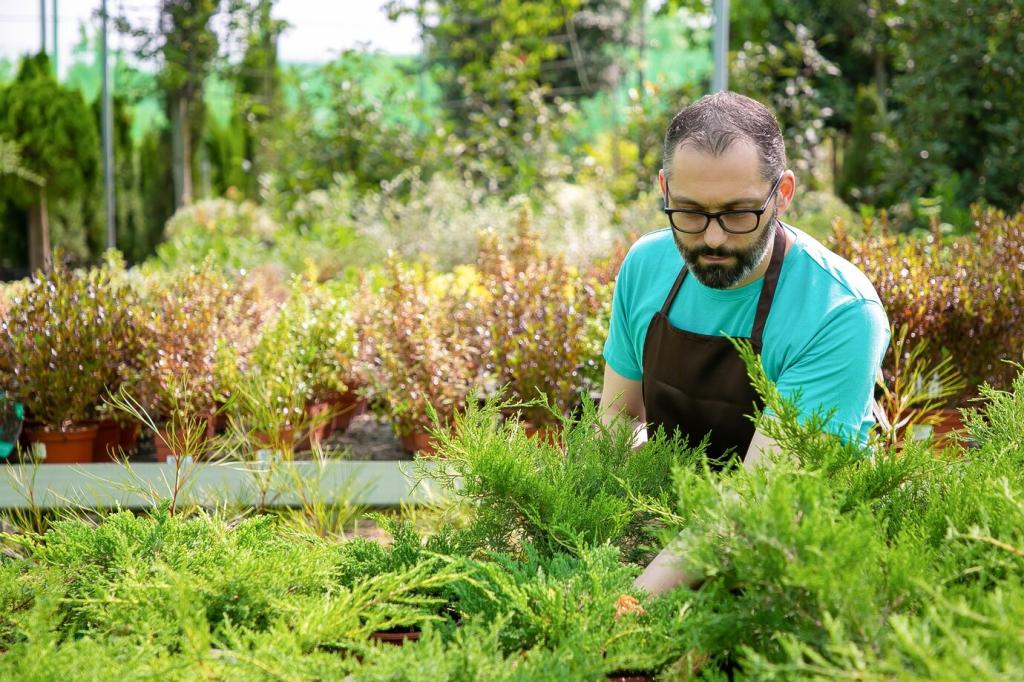
Cardboard or newspaper: weed-smothering sheet mulch
Lay overlapping sheets, remove tapes, and wet thoroughly, then top with organic matter. It blocks light to tenacious weeds while letting water pass. Use around perennials, paths, or new beds. Check labels and inks, and avoid glossy or plastic-coated paper.
Choosing the Right Mulch for Your Beds
Warm climates benefit from light-colored mulches that reduce heat stress, while cool regions may prefer darker materials to warm soil faster. Fruiting crops enjoy clean, dry surfaces; leafy greens appreciate steady moisture. Share your hardiness zone and recent weather patterns.
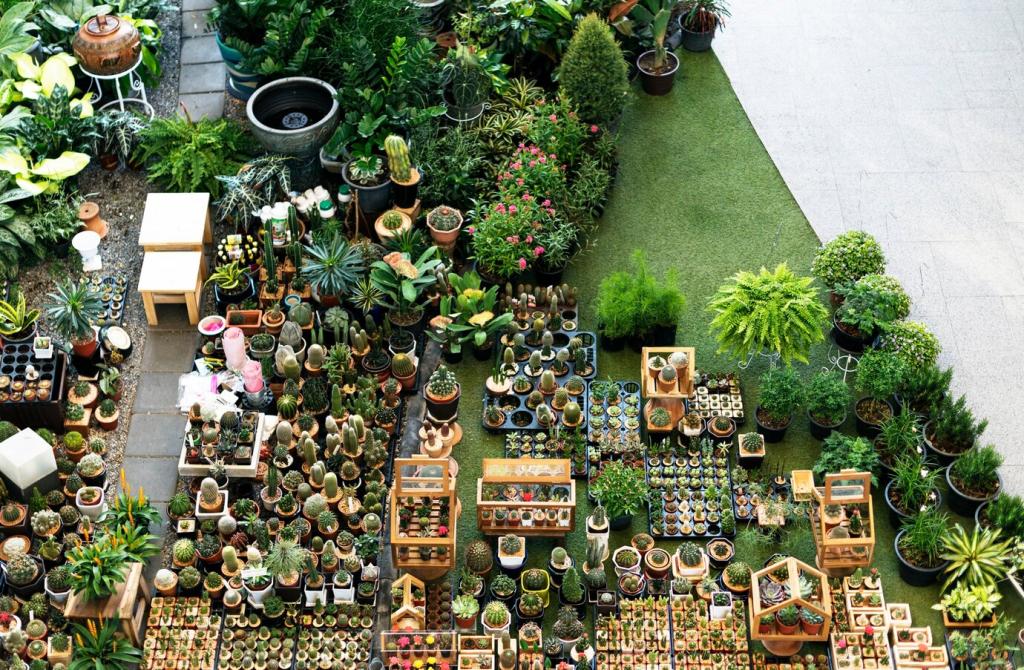
Application Techniques That Make Mulch Work Harder
Weed, water deeply, and add a thin compost layer first. Apply two to four inches for most materials; lighter for seedlings, heavier for perennial borders. Keep mulch a few inches from stems to prevent rot and vole hideouts. Measure changes in moisture retention.
Application Techniques That Make Mulch Work Harder
Mulch pairs brilliantly with drip lines or soaker hoses, which reduce evaporation and keep foliage dry. Lay irrigation first, test pressure, then cover evenly. Monitor soil with a finger test or moisture meter, adjusting run times as seasons shift and plants mature.
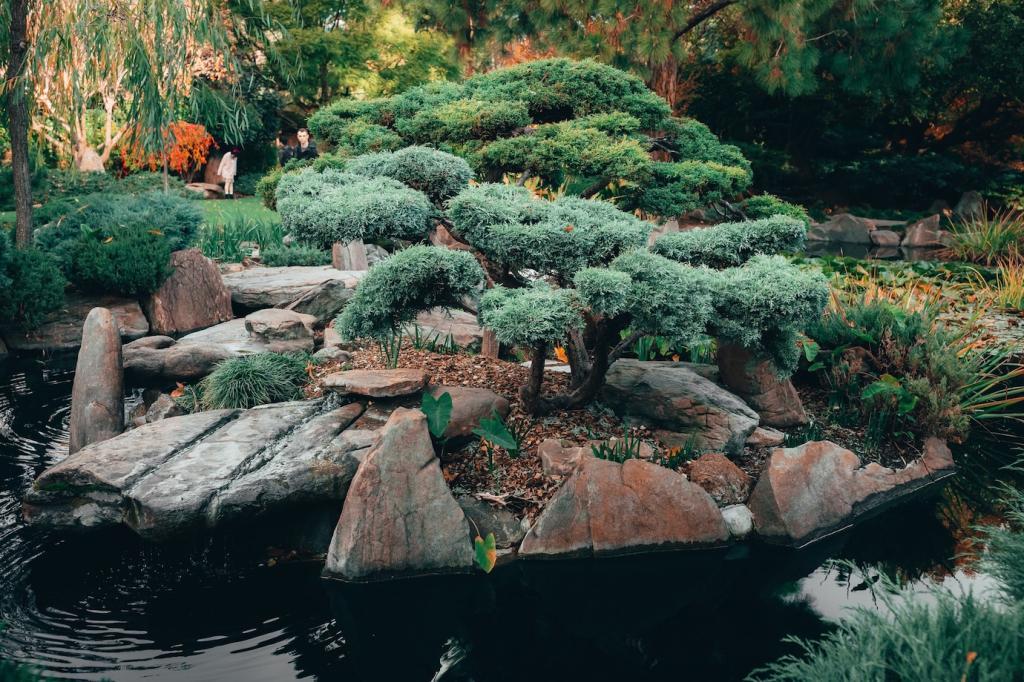

Field Notes: Real Stories from Mulched Plots
A city gardener layered straw around container tomatoes and reported watering every third day instead of daily during a heatwave. Fruit stayed cleaner, and blossom-end rot decreased. They measured a thirty percent reduction in runoff. What did straw change for your containers?
Volunteers mulched paths with shredded leaves in late fall. By June, weeds were minimal, soil felt springy, and earthworm casts dotted the surface. They used fewer herbicides and spent Saturdays planting, not weeding. Would your garden group try a similar experiment?
A neglected strip became a wildflower haven using cardboard, compost, and a leaf cap. The sheet mulch smothered quackgrass, and seedlings thrived with steady moisture. By year two, mulch remnants enriched the soil. Tell us which natives you would plant under this system.
Troubleshooting and Common Myths
Fresh high-carbon mulch can temporarily bind nitrogen near the surface. Keep it off seed rows, add a compost buffer, and side-dress if leaves yellow. As decomposition stabilizes, nutrients return. Track leaf color changes to time your gentle, targeted nitrogen boosts.
